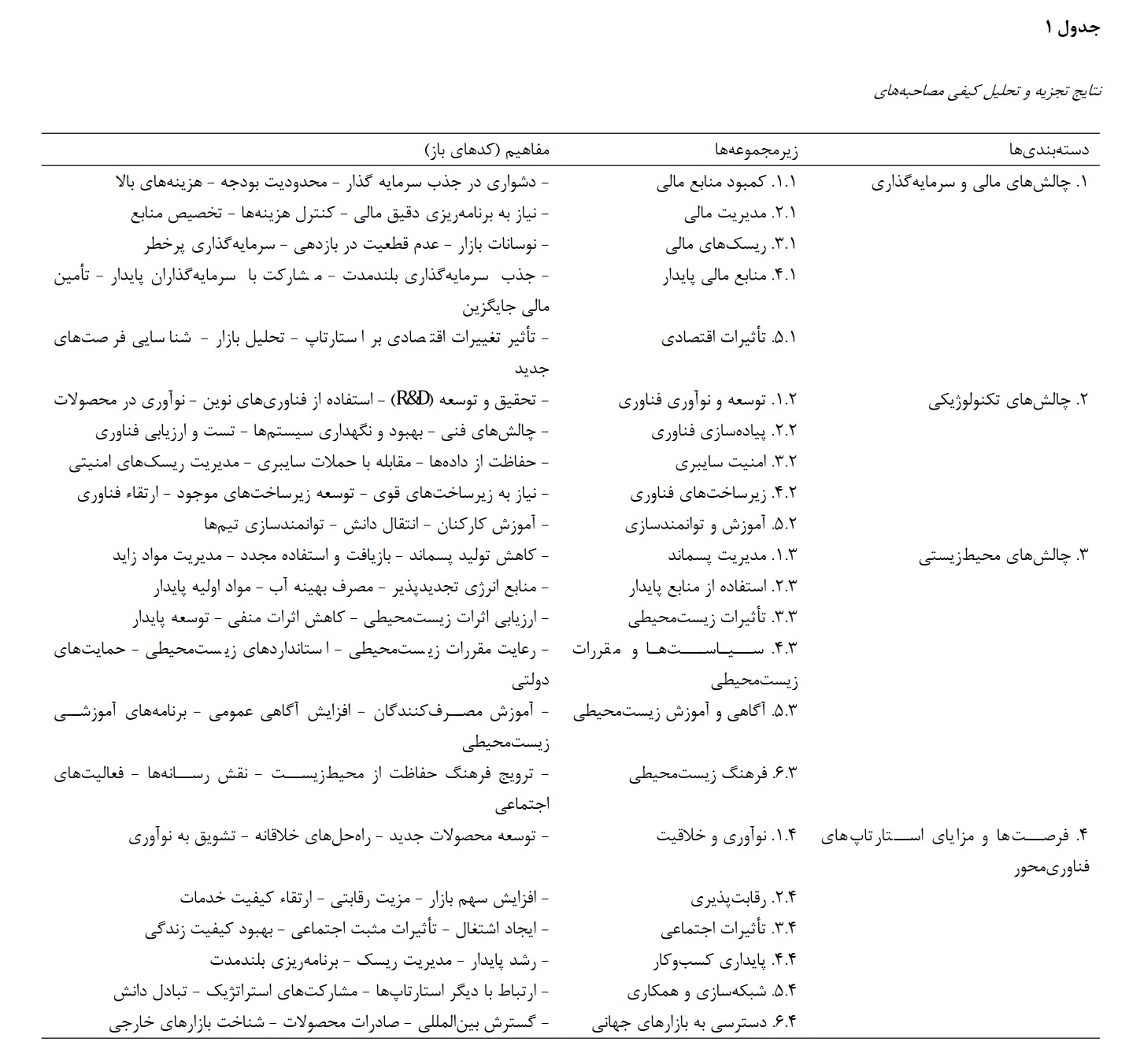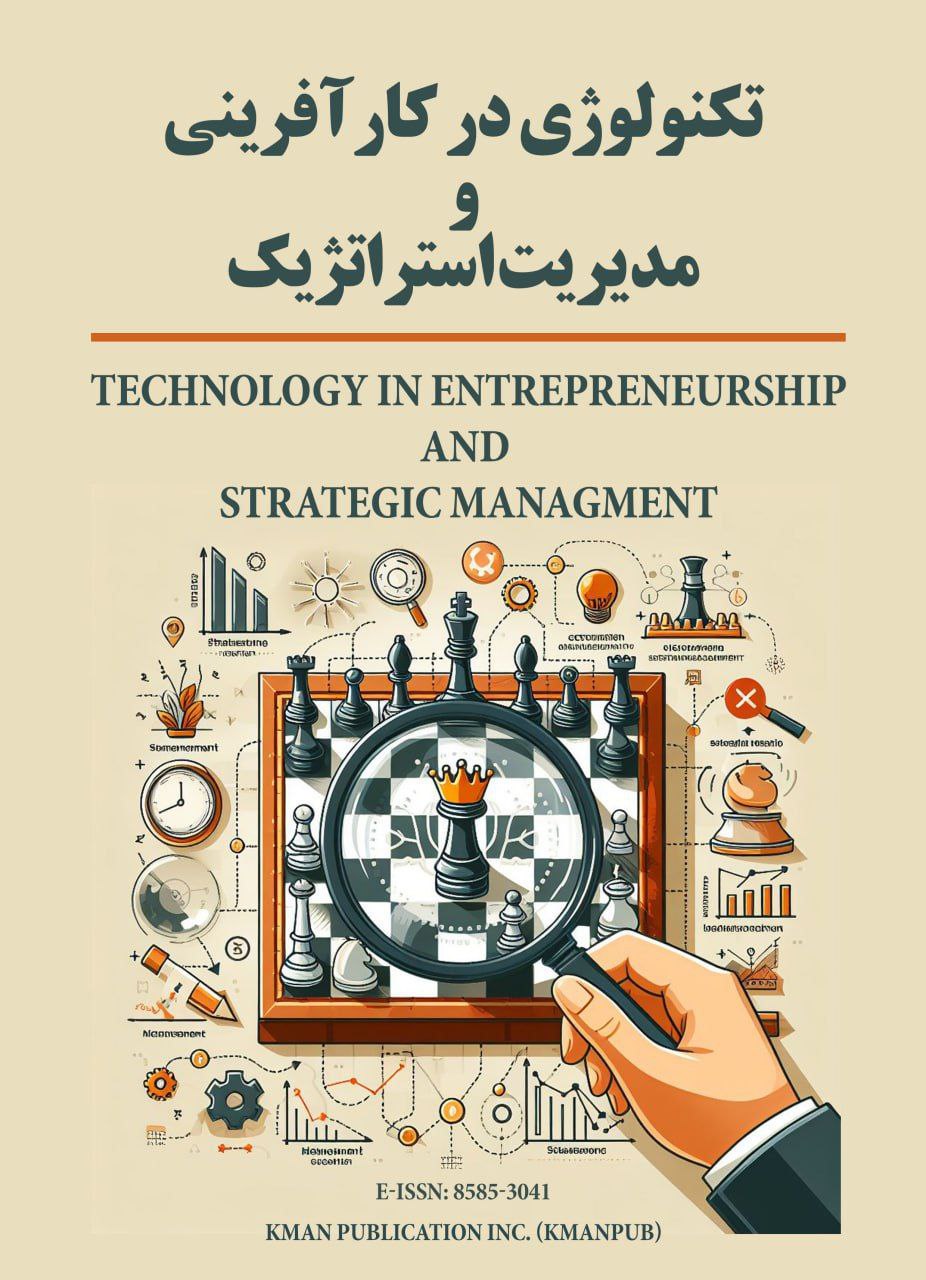A Comprehensive Framework for Analyzing Industry-University Collaboration
Keywords:
Industry-University Collaboration, Company-University Collaboration, Intellectual Property, Triple HelixAbstract
Collaboration between universities and industry means crossing legal, organizational, and other cultural boundaries between the two parties. Among the various forms of inter-organizational partnership, collaboration between universities and industry has been proposed as a potentially powerful option for stimulating technological advancements and innovation through increased knowledge flow across different industrial sectors and stimulating private sector investments in research and development. University-industry collaboration (UIC) can be considered a win-win technique that benefits both parties. Universities have recently experienced a decrease in public funding and an increase in competition from other research organizations. As a result, they have begun searching for new financial resources and have realized that collaboration with industries might be a suitable option to complement their research projects. On the other hand, industries have been forced to accelerate their innovation processes due to rapid technological development and globalization. The present study is applied and developmental with a descriptive approach that has been conducted in a systematic review of previous studies using Sandelowski and Barroso's six-stage method and library data analysis through meta-synthesis. In this research method, the findings of existing studies are examined using content analysis and open and axial coding techniques. In the current study, through the search process and analysis of articles, 67 articles were identified and analyzed from the WOS and SCOPUS databases. From the content analysis of the selected articles, 34 conceptual codes and 6 main categories were identified. The main identified categories include: collaboration objectives, intellectual property management, collaboration mechanisms, actors and stakeholders, barriers and challenges, success factors. Based on these dimensions, the collaboration between industry and university can be examined and analyzed. Numerous benefits can be seen in collaboration and interaction between universities and industries. University-industry collaboration allows companies to solve their problems, and on the other hand, provides universities with the opportunity to understand valuable experiences and real-world problems and access new research areas. Both universities and industries have high expectations from establishing this partnership and the results that may arise from this collaboration. Sharing knowledge and various resources and facilities in this collaboration process is proposed as a way to help companies become more competitive and to enhance education, innovation, and access to more sustainable resources for universities.
Downloads






















